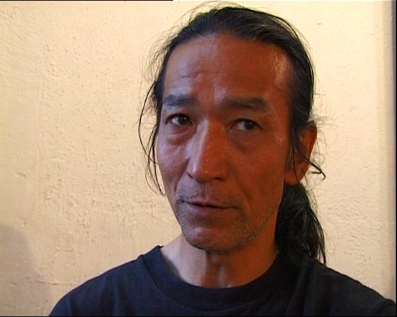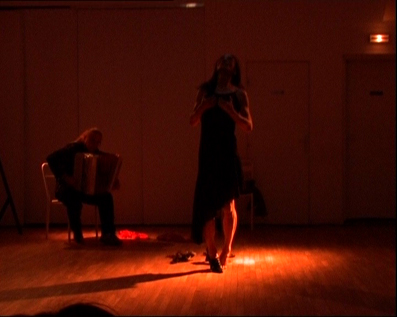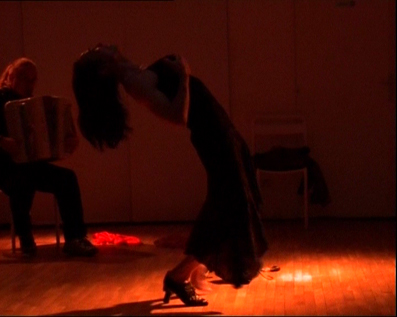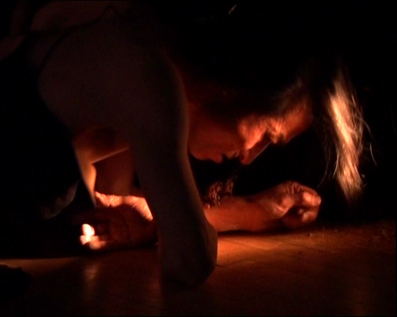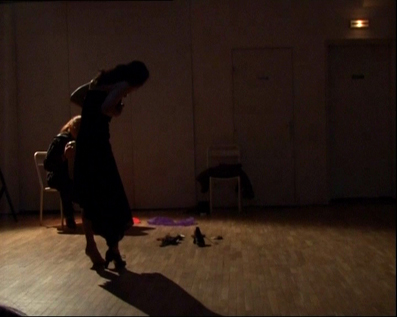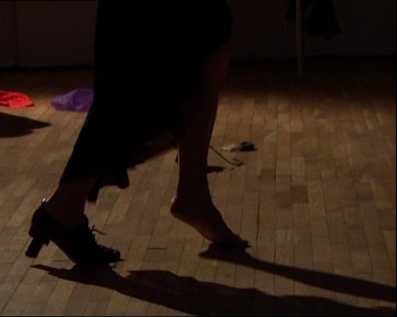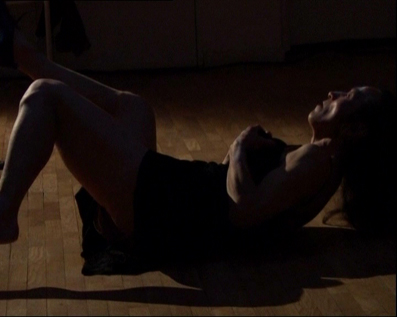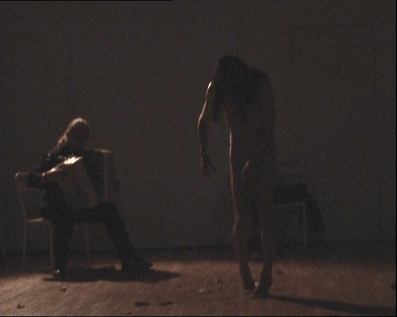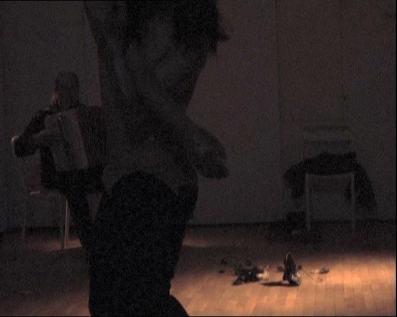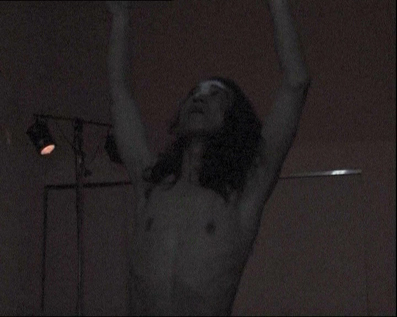Masaki Iwana
Danse en solo
English translation below
Figure emblématique du butô, il a fondé sa propre danse « le Butô blanc ». Sa danse est dépouillée de tout vocabulaire formel et gestuel pour aborder une expression plus radicale.
Masaki Iwana est aujourd’hui l’un des danseurs butô les plus appréciés du Japon. Après son diplôme en économie de l’université Kéio, il se dirige vers le théâtre. En 1974, il commence son histoire de la danse en marge de la généalogie du butô. De 1979 à 1984, il présente plus de 150 performances solo expérimentales où, debout, complètement nu et parfaitement immobile, il éprouve la transformation de l’état de son corps dans ses mouvements les plus infimes en réponse à son environnement immédiat. Il crée Namanari (Demi-Démon) en 1985 (où pour la première fois, il porte un costume) qui gagne les suffrages des critiques à Paris. Cette pièce connaît une large diffusion en Europe, aux USA et au Japon. Depuis lors, sa danse a acquis un style androgyne où, à travers le port du vêtement, il explore la dualité masculin-féminin. Depuis 1995, il s’est établi en France. Il y anime des longs stages internationaux, et participe à de très nombreux festivals.
Représentant l’Institut pour la Recherche du butô « LA MAISON DU BUTO BLANC », il a figuré en 1993 au titre de l’un des danseurs japonais d’influence internationale dans le guide JAPAN EDITION publié par la FONDATION du JAPON. Souvent d’inspiration littéraire (extraits de pièces du théâtre Nô, légendes japonaises ou textes plus contemporains), la matière de ses pièces solo peut aussi être totalement personnelle, son corps utilisé comme véritable champ d’expérience, écho de sa propre mémoire au monde.
Masaki Iwana http://www.iwanabutoh.com/
An emblematic figure of the butô, the artist made his own dance: « white Butô ». His dance is deprived of any formal or gestural vocabulary in order to access a more radical expression.
Masaki Iwana is today one of the most appreciated dancers in Japan. After he graduated from the economic college of Kéio, he was interested in performing theater.In 1974, he began his story with dance, out of the genealogy of the butô. From 1979 to 1984, he played more than 150 solo experimental performances where, standing completly naked and totally stock-still, he was feeling the transformation of his body through his movements related to the immediate environment.
He created Namanari (half- devil) in 1985, where for the first time he wore a costume and received favorable Parisian reviews. This play had a large diffusion in Europe, the USA and in Japan. Since then, his dance has obtained an androgynous style; while wearing special costumes, he explores male-female duality. Since 1995, he has been settled in Paris. He is organizing international internships and doing a lot of festivals.
Representing the Institute for Butô Research « The House of the White Butô », he was, in 1993, one of the best Japanese dancers with international influences, in the Japan Edition guide, published by the Foundation of Japan.
Often inspired by litterature (extracted from Nô’s theatre plays), from Japanese legendaries to more contemporary texts), his content can also be totally personal, his body used as a real possibility of experience, that finds echoes in his own memory of the world.
Danse/performance
Des spectacles de danse Butô ont été organisés sous l’intitulé « Butô en solo » par Jean-Baptiste Drevet, président de 3CA.
Le Butô est une danse d’origine japonaise, elle n’est pas seulement un art de la performance, mais également une façon d’explorer les relations entre le corps et l’esprit. Il s’agit d’une danse d’incarnation, de métamorphose du corps, d’anamorphoses pour le spectateur. Cette danse a proliféré dans le monde entier sous des formes originales et particulières.
Cette programmation s’est déroulée dans le cadre du « Café Reflets présente » à l’intérieur du Café Reflets. Trois représentations ont eu lieu :
– Le 19 avril 2003, Masaki Iwana, danse en solo
– Le 7 juin 2003, Yukiko Nakamura, « au plus profond de la nuit…«
– Le 4 octobre 2003, Yumiko Yoshioka, « avant l’aube« , représentation donnée dans le cadre de la Nuit Blanche.
Deux films sous l’intitulé « Butô en solo », ont été réalisés par Mayanna Von Ledebur, ils ont été co-produits par Jean-Baptiste Drevet, 3CA et April production.
–
Dance/performance
A number of shows of Butô dance have been organised under the title « Butô en solo » by Jean-Baptiste Drevet, president of the association 3-Ca. Butô is a dance that comes from Japan. It is not only a performative art, but also a way to explore the relationships between body and mind. It is an incarnartion dance, a metamorphosis of the body, a anamorphosis for the viewer. This dance has proliferated throughout the entire world, under single and specific manners.
This program was part of the « Café Reflets présente », into the café Reflets. Three performating acts have been played:
– april, the 19th, 2003 Masaki Iwana, dance in solo
– june, the 7th, 2003 Yukiko Nakamura, ‘into the deep of the night... »
– october, the 4th, 2003 Yumiko Yoshioka, « before dawn », act made as part of the « Nuit Blanche ».
Two movies untitlted « Butô en solo » have been realised by Mayanna Von Ledebur and co-produced by J.B. Drevet, 3-CA and April Production.

